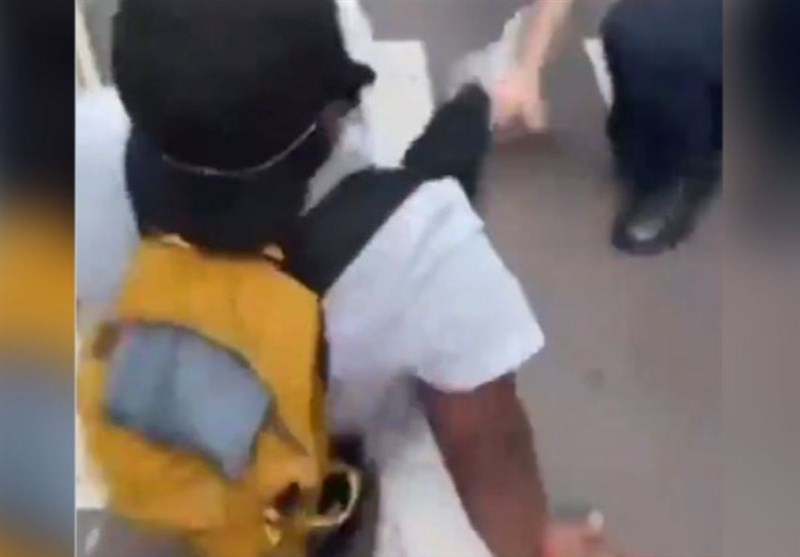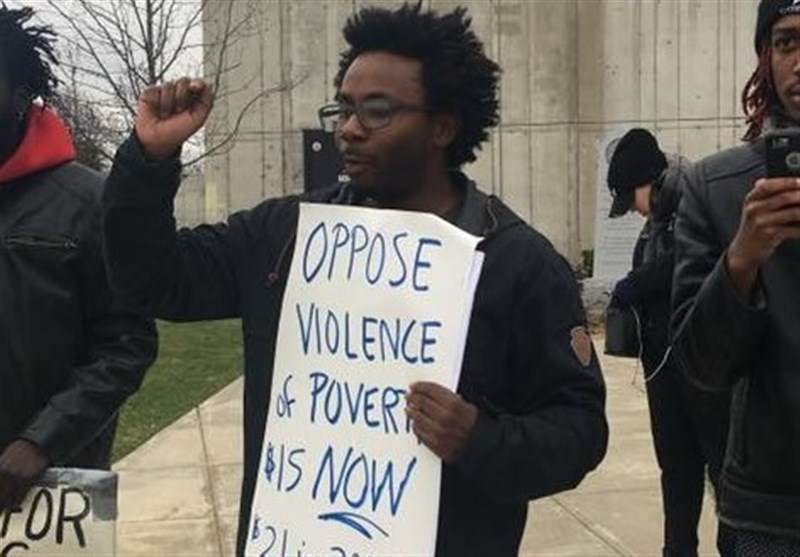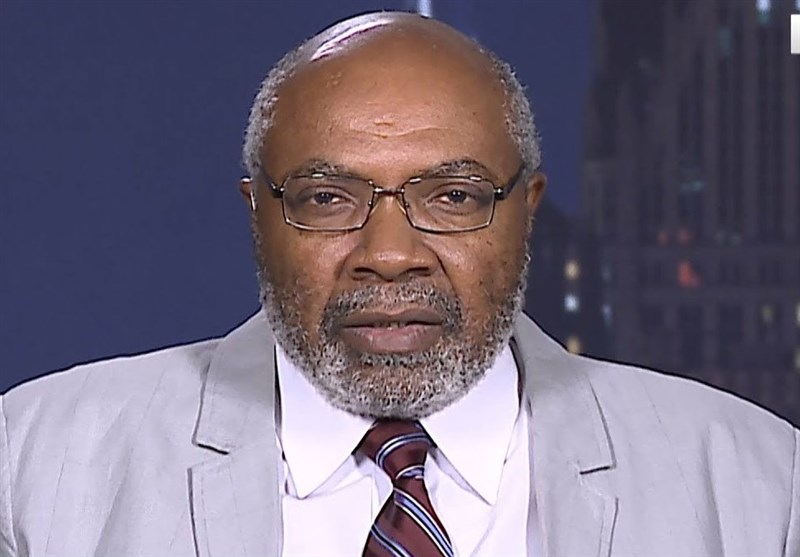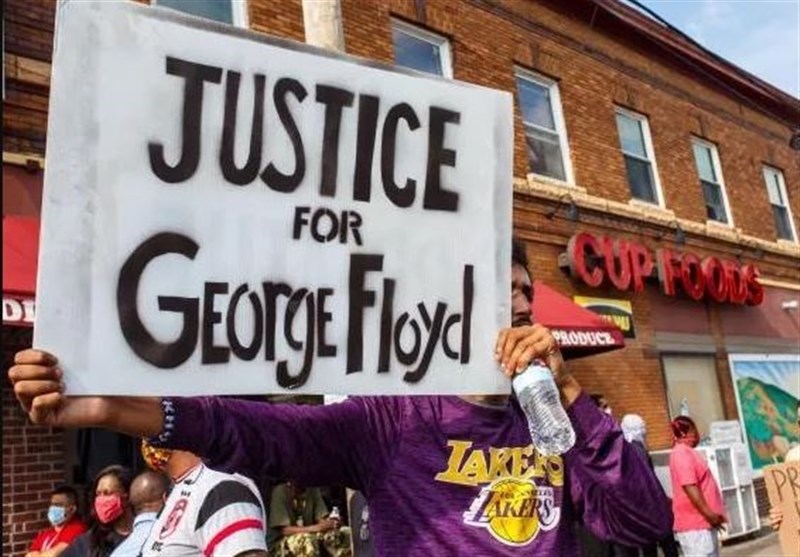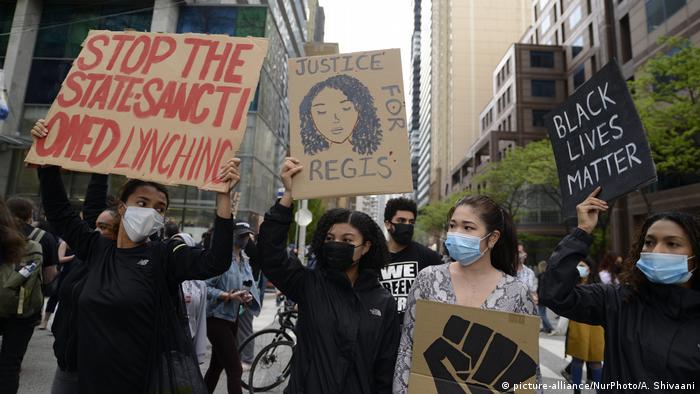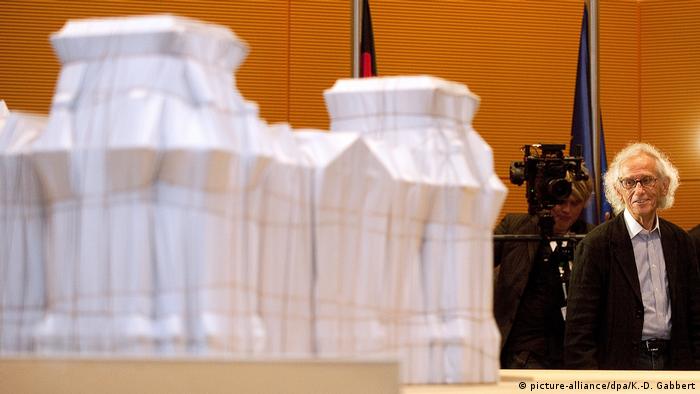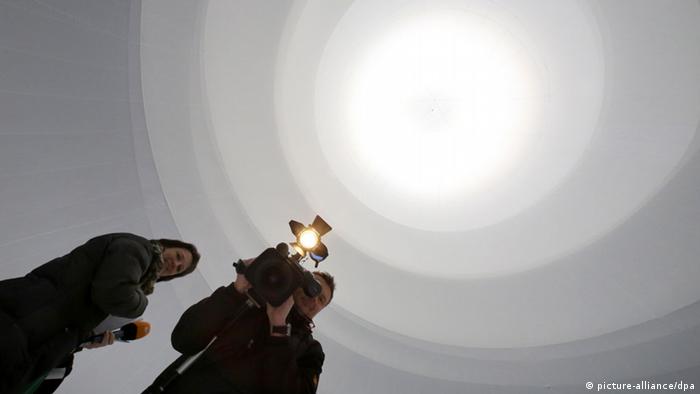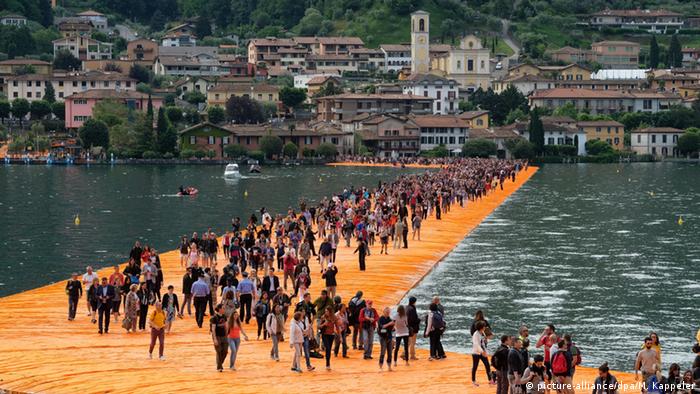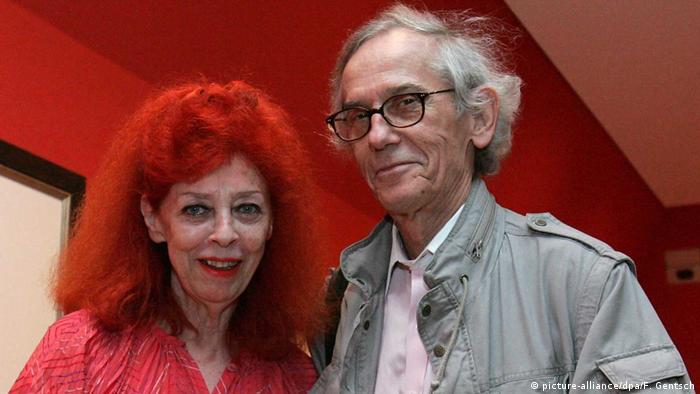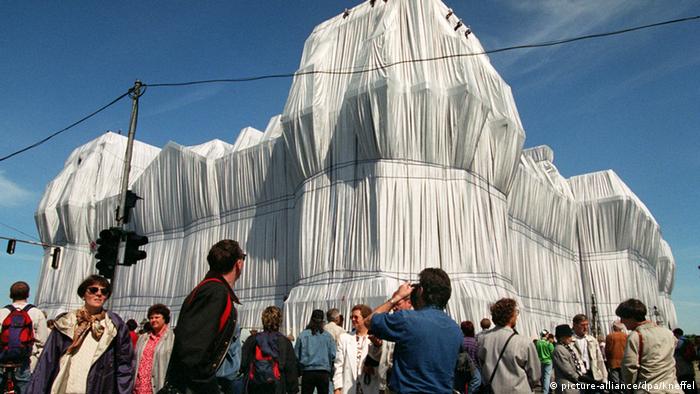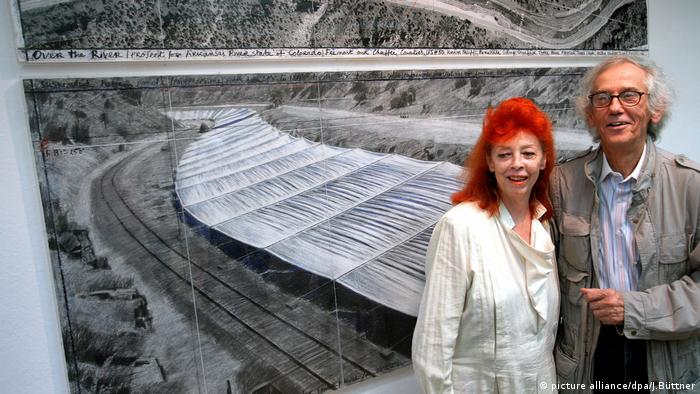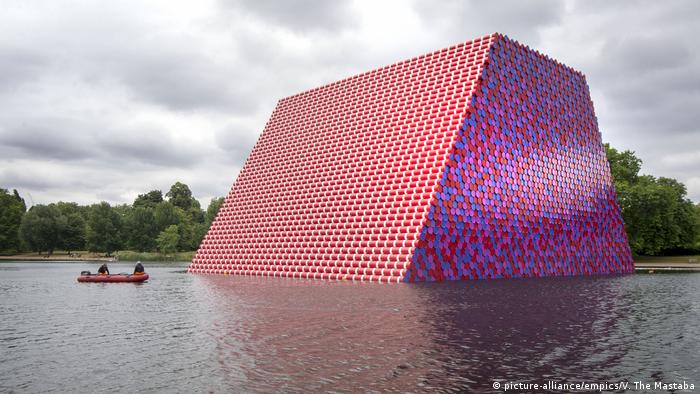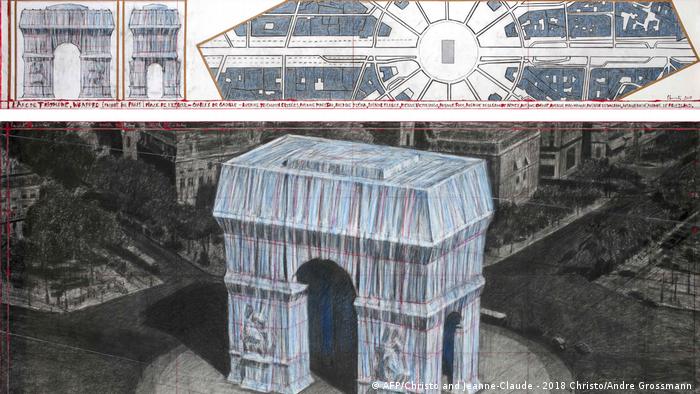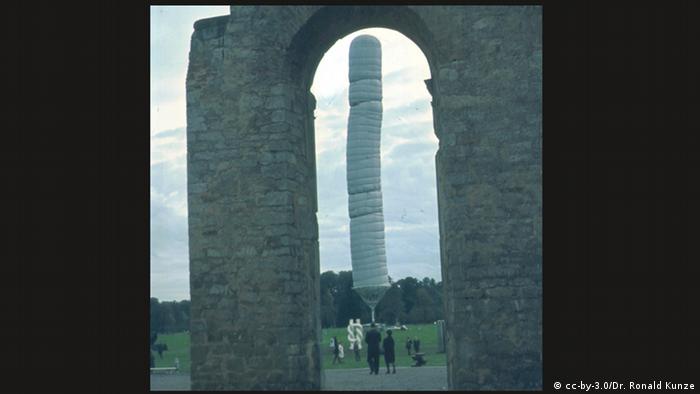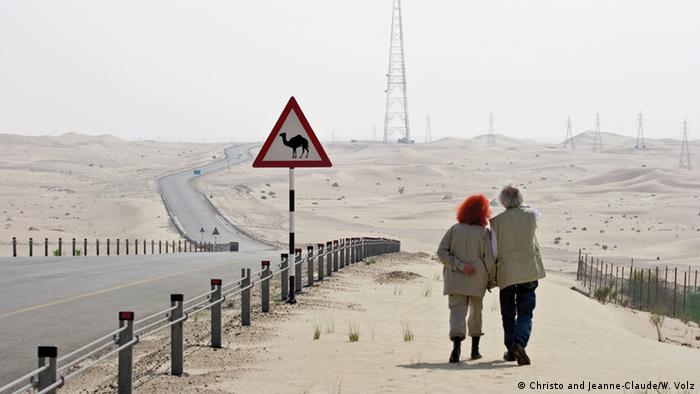Images of police using violence against peaceful protesters are going viral
Police responded to protests across the nation with excessive force.
/cdn.vox-cdn.com/uploads/chorus_image/image/66877596/GettyImages_1216490797.0.jpg)
Video footage is going viral of police officers responding to protests Saturday night with excessive force, including battering and pepper-spraying peaceful demonstrators.
Most of the nationwide anti-police brutality protests started peacefully Saturday afternoon, but many took a more volatile turn on Saturday night. Some images show protesters vandalizing property, including setting fire to police cars and businesses.
But other videos show officers aggravating lawful participants with batons and, in one case, driving a police SUV into a crowd.
The protests began in Minnesota last week in response to a video showing a white Minneapolis police officer killing an unarmed black man, George Floyd. The protests have spread globally and taken on a broader call for an end to police brutality.
Some images in this article may be graphic.
Police pepper-sprayed protesters
In New York, a police officer pulled down the mask of a peaceful protester, who had his hands up, and pepper-sprayed him in the face. The police in the video had intentionally covered their badge numbers.
And in Seattle, a child was hit with pepper spray, too. In the video, she is screaming as other protesters pour milk on her face.
In Columbus, Ohio, Rep. Joyce Beatty, Columbus City Council President Shannon Hardin, and Franklin County Commissioner Kevin Boyce were also pepper-sprayed by the police while trying to ease a conflict between protesters and the police.
A police SUV rammed into a crowd
In Brooklyn, a New York Police Department SUV rammed into a crowd of protesters, knocking them to the ground. It’s unclear whether anyone was seriously injured. In a press conference later in the day, Mayor Bill de Blasio blamed protesters for not getting out of the way and putting the police in an “impossible” situation.
Rubber bullets hit a bystander
In Dallas, a woman’s face was covered in blood after she was hit with a rubber bullet while walking home with groceries.
Officers appear to assault peaceful participants
In Salt Lake City, an older man walking with a cane was pushed to the ground by an officer.
In Brooklyn, a video captured multiple officers converging on a protester and hitting the individual with a baton.
In Atlanta, the police dragged a young couple out of a car while using a Taser. Officers also flattened the tires and broke the windows of their vehicle. Multiple officers were involved in the incident.
Police open-fired paint canisters at people on their own property
In Minneapolis, the Minneapolis Police Department and National Guard marched down the residential streets of Whittier neighborhood. Tanya Kerssen, who lives in the neighborhood, tweeted that the officers shot paint canisters at the residents while shouting “light ’em up.”
Excessively used tear gas
In Dallas, the police tear-gassed City Hall, where peaceful protests were being held.
In Denver, the police fired multiple tear gas canisters just minutes after the city’s 8 pm curfew passed.
Washington, DC’s Lafayette Square, just across from the White House, was also flooded with tear gas.
NYPD Cops Tackle, Beat Demonstrator with Batons during Protests (+Video)
TEHRAN (Tasnim) – A protester was filmed in New York City being pinned to the ground by a swarm of police officers and violently being bitten by scores of them, during protest for death of George Floyd.
A video circulating on social media shows a man standing on a NYPD cruiser waving his arms. Seconds later, a police officer sprints from the driver’s side of the vehicle and tackles him, throwing the protester to the ground. Within seconds, around half a dozen cops surround the man and start beating him with batons. The protester tries to escape but is quickly contained, with officers forming a perimeter around him as he gets cuffed.
Conservative pundit Mark Dice described the case as a “touchdown” for the NYPD, while others claimed that the police reaction was needlessly harsh.
Protests have sprung up from coast to coast following the killing of Minnesotan George Floyd, who died while in police custody.
